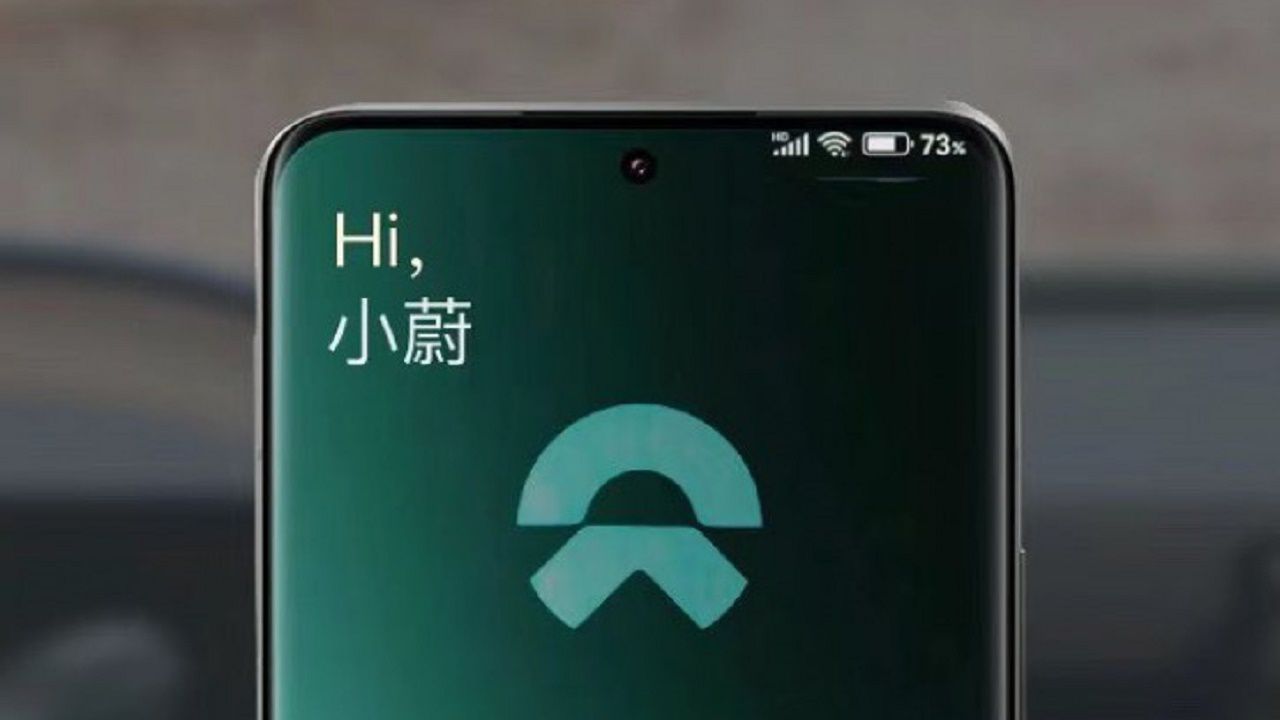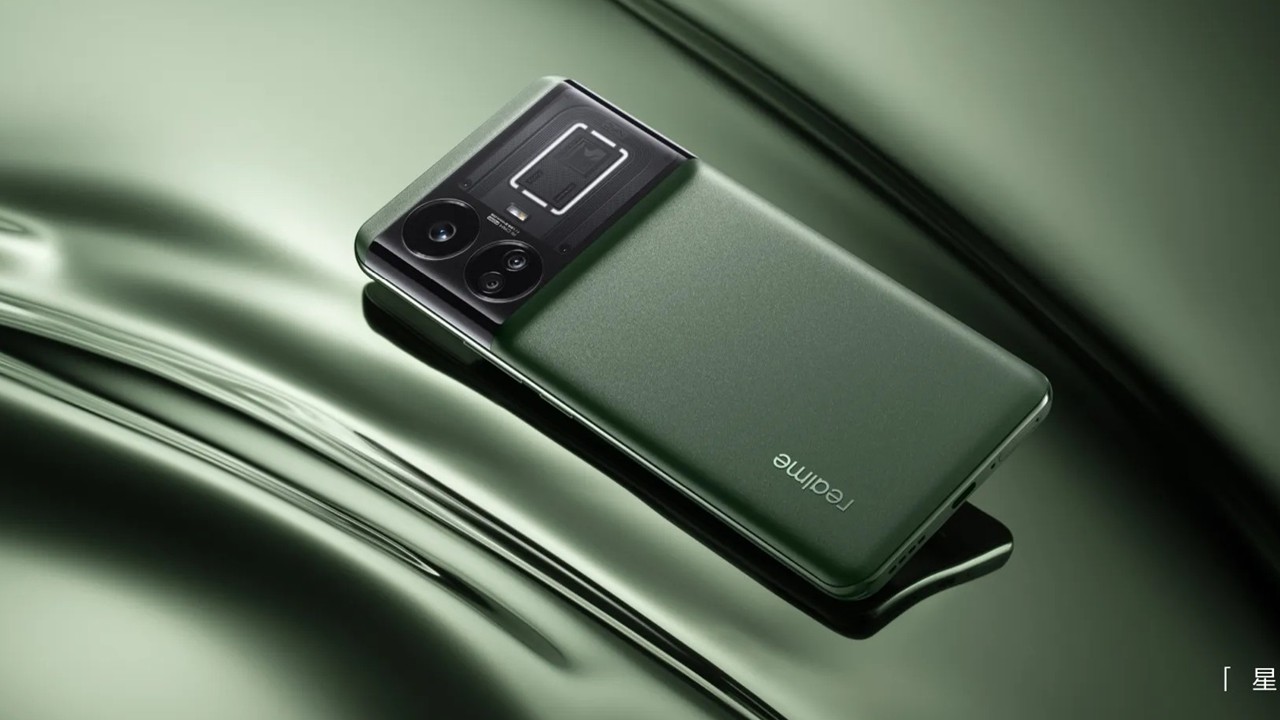Nio, a Chinese electric vehicle maker, has launched its first smartphone, the Nio Phone. The phone is packed with high-end specs, including the Qualcomm Snapdragon 8 Gen 2 Mobile chipset, a 6.81-inch waterfall display with QHD+ resolution and a 120Hz refresh rate, and a triple-lens rear camera system with three 50-megapixel sensors.
The Nio Phone’s main camera sensor is a Sony IMX707 with OIS, while the wide-angle and periscope sensors are IMX766 and IMX890 sensors, respectively. The periscope sensor has a 2.8x optical zoom and is also equipped with OIS. On the front of the phone is a 16-megapixel selfie camera.

The Nio Phone is powered by a 5200 mAh battery with 66W wired charging, 50W wireless charging, and 10W reverse charging. The phone also has stereo speakers, NFC, and an IP68 water resistance rating.
The Nio Phone runs on Nio’s proprietary SkyUI shell, which is based on Android 13. The shell is ad-free and comes with a limited number of pre-installed third-party apps.

Here is a summary of the Nio Phone’s key features:
- Qualcomm Snapdragon 8 Gen 2 Leading Version chipset
- 6.81-inch waterfall display with QHD+ resolution and a 120Hz refresh rate
- Triple-lens rear camera system with three 50-megapixel sensors:
- Main sensor: Sony IMX707 with OIS
- Wide-angle sensor: IMX766 with autofocus for macro photography
- Periscope sensor: IMX890 with 2.8x optical zoom and OIS
- 16-megapixel front-facing camera
- 5200 mAh battery with 66W wired charging, 50W wireless charging, and 10W reverse charging
- Stereo speakers, NFC, and IP68 water resistance rating
- Nio’s proprietary SkyUI shell based on Android 13
The Phone is available in Pink, Blue, Grey and Green color. It is already available for purchase in China for a starting price of 6499 yuan (~$889). The phone comes in three storage variants: 12GB RAM + 512GB storage, 16GB RAM + 512GB storage, and 16GB RAM + 1TB storage.

The Nio Phone has impressive specifications and could be a great flagship device for the Chinese market. However, its success will depend on its market availability and how well the manufacturer (OEM) can optimize the operating system to get the most out of the hardware.
In other words, the Nio Phone has the potential to be a successful flagship smartphone, but its success will depend on how well it is marketed and how well the manufacturer optimizes the software.
Source: Nio






